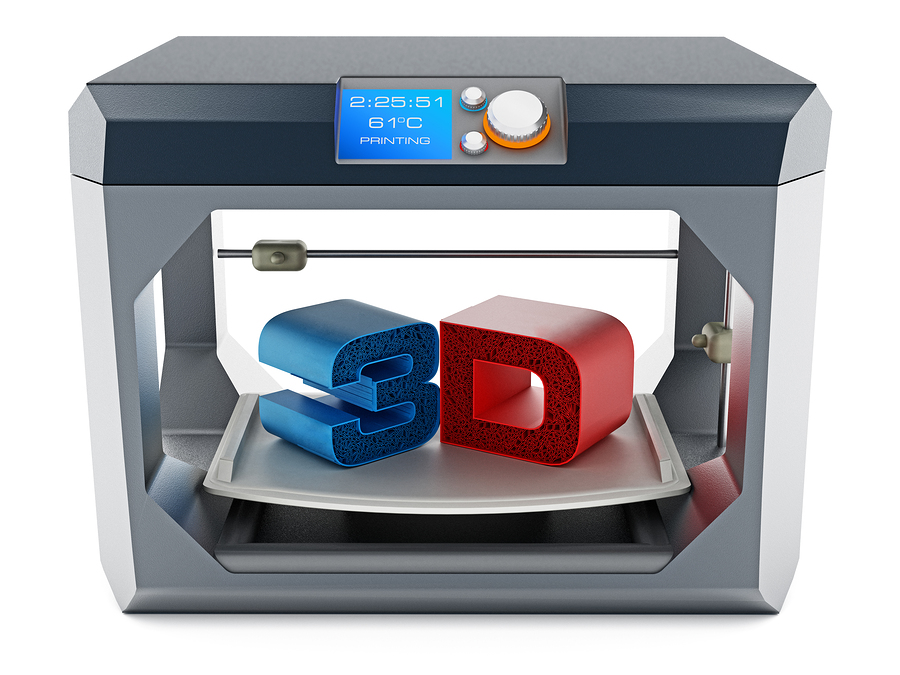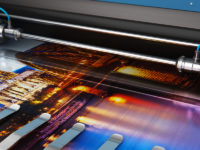Australian workers have become unprecedentedly mobile in recent years. A study by International Workplace Group in 2018 said that almost 70 per cent of us work remotely for at least a day each week and close to 50 per cent spend at least half the working week away from the office.
Those out of office hours aren’t necessarily spent toiling away in the home office either. The rise of mobile technology means it’s now possible to set up a temporary perch anywhere that has a PowerPoint and a comfy seat.
At the same time, while digitisation may have brought many organisations and individuals within sight of the much-vaunted paperless office, it’s not here yet and may not be for a while. Research published by Clean Up Australia suggests the average Australian office worker goes through 10,000 sheets of A4 a year.
Even in the most determinedly digital enterprises, there’s no shortage of occasions when a hard copy of a document is not a nice to have but, rather, a necessity. What businesses need now are solutions which enable users to print whatever they need, whenever they need it, for a competitive price.
The easiest solutions are those that that enable you to create an account and once you add some payment details, then allow you to upload your documents or photographs securely and elect to print them instantly or add them to your print queue. From there, it’s a matter of using a mobile website to locate a participating store and heading on down to complete the transaction. The value of on-demand printing will be in its capacity to provide an additional level of convenience for workers on the move, folk who’d like to print their photographs without having to queue for a kiosk or boot,h and families who need occasional access to a printer but don’t want the expense of owning and running their own.
Just as on-demand printing is taking off, another key trend that we’re likely to see continue into 2020 and beyond is 3D printing. Hundreds of enterprises across a diverse range of industries have found practical applications for 3D print technology in recent years. Its great strength is the fact it’s possible to produce a multiplicity of objects in different materials, from the same piece of manufacturing equipment.
3D printers can be used for rapid prototyping – the process of giving physical form to concepts and products under development – without the need for expensive moulds or tools. That’s a boon for manufacturers looking to bring new products to fruition and those which need to create customised or one-off items and replacement parts.
3D printing is also a valuable aid for architects and engineers who want to build scale models quickly and economically. In the healthcare industry, 3D printers can be employed to create prosthetics, including artificial ears and limbs, dental braces and aligners, eyewear, therapeutic shoe inserts and more.
On the home front, hobbyists are investing in consumer-grade 3D printers to produce models, figurines and sculptures. We’re also seeing enterprising individuals doing brisk business selling their services as 3D modelling experts.
Management consultancy Deloitte in late 2018 predicted global sales related to 3D printing by large public companies would hit $3 billion by 2020. Annual growth is expected to continue at well above 10 per cent for the next few years and possibly beyond.
It’s a fair bet we’ll see skills taught in the classroom transferred to small businesses over the next decade, as today’s cohort of digitally savvy students progressively move into the world of work.
Peter Mitropoulos, Group CEO and Owner, Cartridge World Australia & New Zealand












